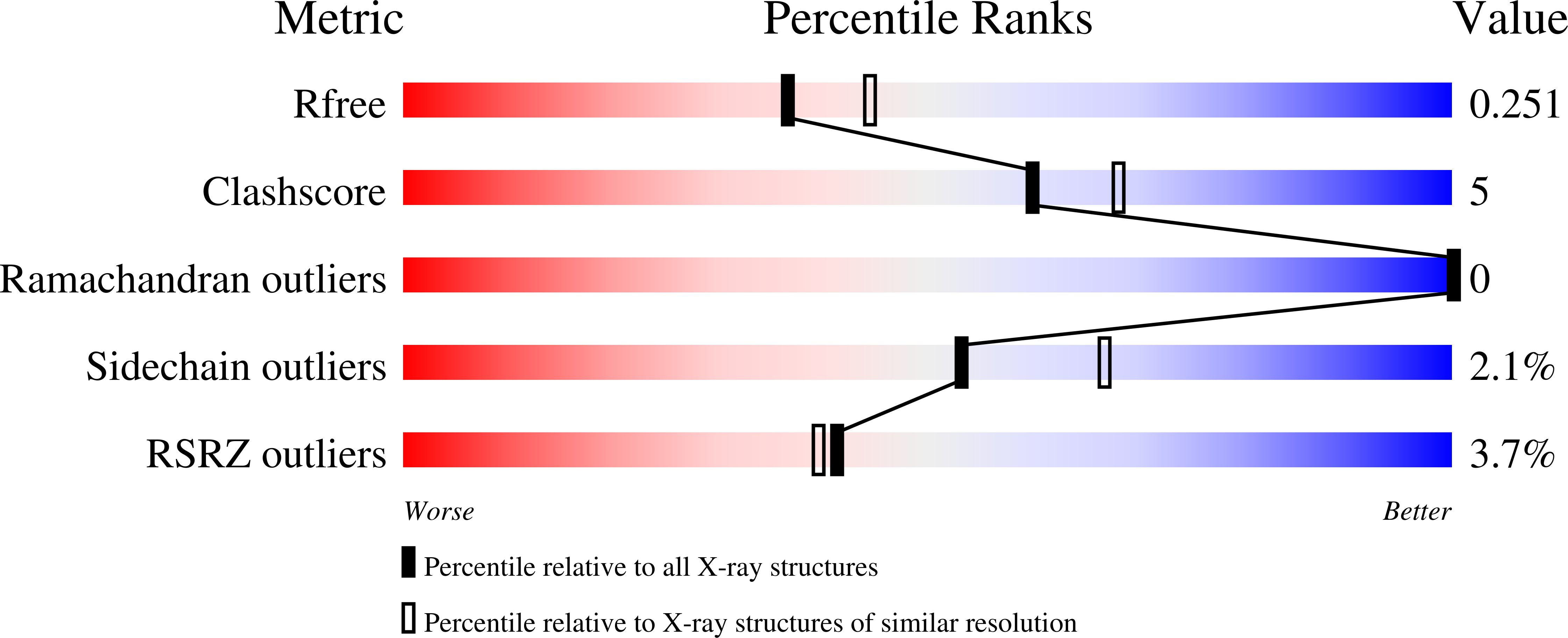
Deposition Date
2021-12-01
Release Date
2022-12-14
Last Version Date
2023-12-27
Entry Detail
PDB ID:
7T1F
Keywords:
Title:
Crystal structure of GDP-bound T50I mutant of human KRAS4B
Biological Source:
Source Organism:
Homo sapiens (Taxon ID: 9606)
Host Organism:
Method Details:
Experimental Method:
Resolution:
2.20 Å
R-Value Free:
0.24
R-Value Work:
0.21
R-Value Observed:
0.21
Space Group:
P 61 2 2


